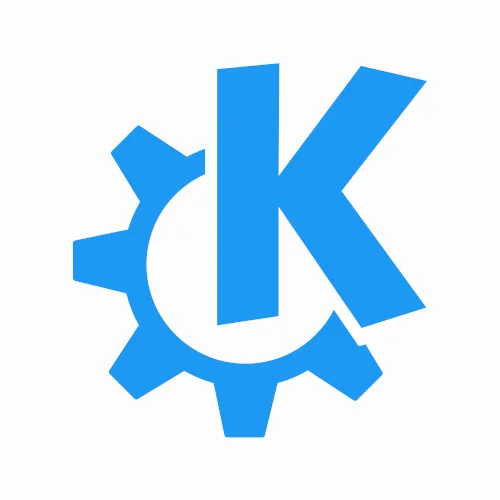KDE/KWin On Wayland To Use Server-Side Decorations

In a new blog post, Martin notes that the Wayland protocol doesn't mandate the use of client side decorations or prevent server-side decorations. What does require client side decorations is Weston, the reference compositor for Wayland.
Developers in support of client side decorations use the talking points of only needing one texture to be rendered, no aliasing when rotating/wobbling windows, and application developers are free to come up with their own innovative decorations.
With KDE's focus on the desktop, netbook, and tablet form factors, Martin feels server-side decorations are important so that the most appropriate window decorations can be used depending upon the form factor.
The German developer also adds, "my main fear with CSD is that it ends up in a mess as we can see on Microsoft Windows. There CSD are common but applications don’t use it to do useful stuff, but to enforce their corporate design. This is bad for usability. Each application looking different? Stupid idea. Not even Microsoft is having a consistent decoration for their various products. Some have titles on the left, some centered. A complete mess. And my fear is that Linux would head there, too."
In the end he says that since Wayland doesn't require client side decorations (only Weston) and QtWayland allows turning CSD off, he will use server-side decorations when porting KWin as a Wayland compositor. Martin feels that overall it's a much better design choice not going with client side decorations.
49 Comments

